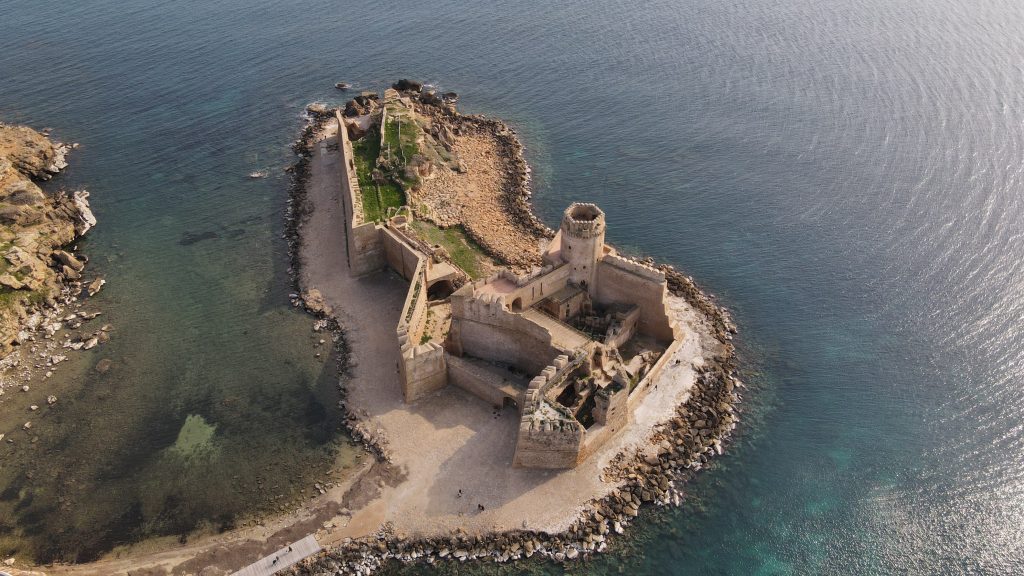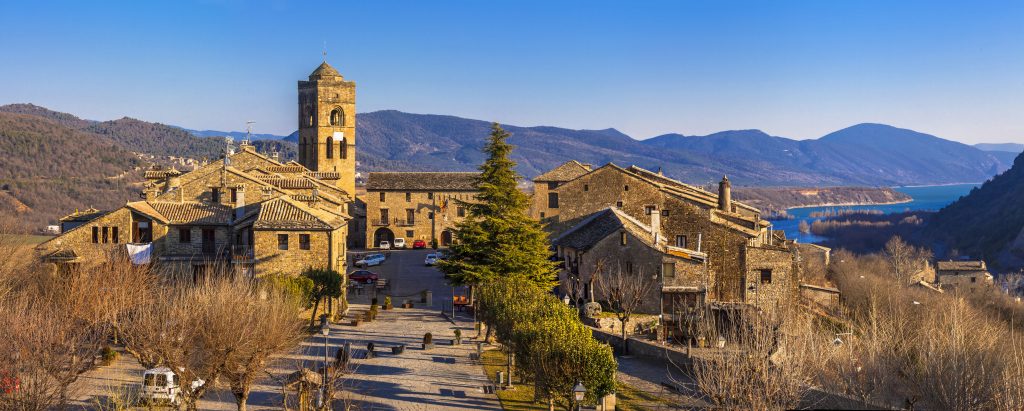Spain is a country with many different linguistic and cultural wonders. There are several different languages spoken in the country, one of which is Aragonese. This language is also known as Aragoieraz, Altoaragonés, Aragonés, Fabla Aragonesa, Patués, or High Aragonese. This language is an Indo-European language spoken by fewer than 10,000 speakers in the Aragon valleys of the Pyrenees (Endangered Languages Project, n.d.). There are four different variations within Aragonese including Western Aragonese, Southern Aragonese, Central Aragonese, and Eastern Aragonese.
Aragonese is classified as an endangered language since there “are many thousands [of speakers] with some knowledge of the language. It is also studied as a second language. Few children learn the language” (Endangered Languages Project, n.d.). While the language is experiencing some revitalization, with few new native speakers learning the language, work would need to be done to ensure that the language is preserved.

Aragonese evolved from Latin and its modern iteration formed in the 8th century BCE (Charrando, n.d.). In the Middle Ages, the language grew in the region as the Kingdom of Aragon expanded. Catalan and Aragonese competed with one another, and Catalan became more dominant over time. The formal education system in Spain disfavored the use of Aragonese in school, which led to the language losing more prominence in the country. During the Spanish civil war in the early 1900s, Aragonese suffered further deterioration as efforts were made to reduce the influence of minority groups and their linguistic representations (Charrando, n.d.).
In 2009, the Languages Act of Aragon recognizes Aragonese and Catalan, giving both languages rights that they were previously not provided (see resource here). The law created a council that was to the advise the government on Aragonese and issues related to the language. Such efforts help to promote the language politically, which can aid in helping to preserve the language in the regions where it is spoken.
Language Resources
Learn more about the language and its usage:
- Listen to words and phrases in Aragonese: https://www.youtube.com/watch?v=7ypqnykwTXI
- Compare Spanish to Aragonese: https://www.youtube.com/watch?v=cz6FF1J5YG8
- Basic Grammar of Aragonese (Spanish Language Resource): http://www.academiadelaragones.org/biblio/Edacar10_GBAprovisional.pdf
- Alphabet: https://omniglot.com/writing/aragonese.php
Additional resources on Aragonese:
- Sociedat de Lingüistica Aragonesa (SLA): https://sites.google.com/site/sociedat/. This contains news, resources, and articles on Aragonese.
- Charrando: http://www.charrando.com/. This website includes information on the language including grammar, history, news, and other resources.
References
Charrando.com. Portal de l’Aragonés. (n.d.). Retrieved December 24, 2021, from http://www.charrando.com/infodoc1.php
Did you know Aragonese is endangered? (n.d.). Endangered Languages. Retrieved December 24, 2021, from http://www.endangeredlanguages.com/lang/949

